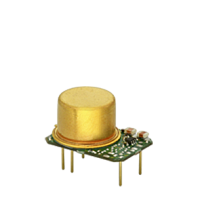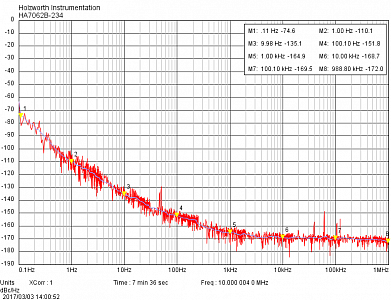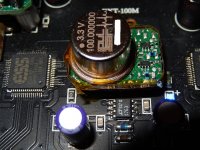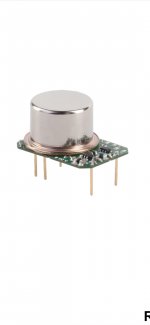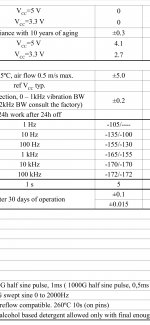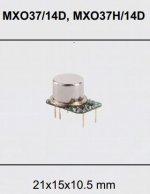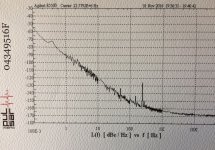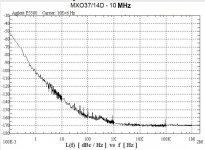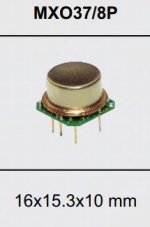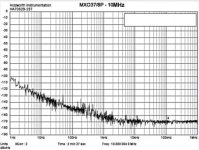Yep. Many of the physical materials used to make the vintage violin would be difficult to obtain, let alone repeat consistently by hand. It would be interesting to try and calculate how many db of difference in tonality across the usable range that might equate to.
I'm saying it's more than +\- 0.1db ...
I'm saying it's more than +\- 0.1db ...
Last edited:
Anyway. Back on topic.
Ian. I wish I could make room for your design in my main system, but it's a mixed media system (movies and Netflix streaming too) and I'm not sure how to tackle that sync problem broadly. I may have to build another system. Sorry to ask here. Is there a bypass mode that could route the input direct to the output for when I need minimal latency?
Ian. I wish I could make room for your design in my main system, but it's a mixed media system (movies and Netflix streaming too) and I'm not sure how to tackle that sync problem broadly. I may have to build another system. Sorry to ask here. Is there a bypass mode that could route the input direct to the output for when I need minimal latency?
Yes, MagicXtal that is the russian firm I had mentioned which is producing the Plusar OEM products.
I think the whole problem is how to organise a group buy..
[removed]
Last edited:
@A123,
What's that clock? Are you gonna open a GB?
Ian
Since the Pulsar clocks are discontinued, it's suppose to be an alternative option but they only sell in QTY of 10 not individually.
No. Not opening a GB. New member here, so wouldn't know the first thing on how to proceed with a GB. Just expressing possible interest in a GB down the line if the Accusilicon build goes well.
Last edited:
@A123
Thanks.
I bought a pair of 90/98 Pulsar OCXO (maybe I'm the first user. I'm really happy with them. They are installed in my main system. I can not live with them.
Just hope somebody can make it.
Regards,
Ian
Oh, I was worried I maybe advertising a product or treading on your thread so I removed my comment.
Yes, it's maybe something worth pursing and taking a risk since you can only purchase direct from Russia. @350 each and QTY 10, it's difficult to acquire unless other's get involved.
If I get addicted to the Accusilicons, the next logical step is clock upgrade. So if it's something one cannot live without in their system, it's something to seriously consider once I level up in this hobby and get experience clock-rolling.
Last edited:
Ian,
Is there a schematic anywhere for the LinearPi and the ConditionerPi?
The most detailed technical information is the user's manual. Otherwise, it could be not available.
GitHub - iancanada/DocumentDownload: Download documents of Ian's products
Regards,
Ian
D
Deleted member 537459
after the last message i upgrade the Ian idea.
i already change the oscillator of raspberry with huge improve. for me is better rpi4 because have gigabit lan, and non ethernet via usb.
rpi-def-3d — ImgBB
i already change the oscillator of raspberry with huge improve. for me is better rpi4 because have gigabit lan, and non ethernet via usb.
An externally hosted image should be here but it was not working when we last tested it.
rpi-def-3d — ImgBB
Last edited by a moderator:
Exactly !
Do you have a more clear picture of the phase noise plot?
Ian
Unfortunately, no. They have a PDF, but will have to contact them to see if they have any updated plots.
http://magicxtal.com/upload/uf/df1/MXO37-14D(en) 12.pdf
A few DIY members mentioned there's re-badged Pulsar clocks out in the wild or in this case it's Pulsar OEM.
I'm just an end-user / messenger so hopefully in the next six months can learn more about this possible upgrade before getting upgraditis around that time.
EDIT: The photo in the PDF looks even more like the one in the Q3 photo. There's just no "Pulsar" stamp labeling on top.
Last edited:
I was one of those who mentioned it. I had been looking at it ~2years ago..
Just for curiosity. Yes, these are identical.
Also the phase noise parameters are equal to those cited for Pulsar..
I think the Pulsar project really was a group buy adventure.. But for some reason did not hold..
Ciao, George
Just for curiosity. Yes, these are identical.
Also the phase noise parameters are equal to those cited for Pulsar..
I think the Pulsar project really was a group buy adventure.. But for some reason did not hold..
Ciao, George
Attachments
How does one best measure nonstationary or quasi-nonstationary distortion? Obviously, the typical audio FFT works best for measuring distortion that is perfectly stationary relative to the acquisition time frame.
An idea I proposed some time ago but never pursued-
First for this we must assume all the relevant musical information is contained in the encoded digital stream.
Start with truly random noise with a higher than musical crest factor either directly created digitally or encoded from an analog noise source.
Play the noise source capturing it with the most faithful/accurate ADC you can get. preferably with independent but exactly equal clocks. Then match the original data stream to the recorded data stream. This would be a good starting point: Audio DiffMaker
The nonstationary artifacts should show after correcting for any timebase or response errors.
What this most likely would not show are interactions in the grounding network or noise getting into associated audio equipment.
You can substitute music for the random noise but the noise would test about every sample transition possible given enough time. Its sort of a bit error rate test of the chain.
Just for curiosity. Yes, these are identical.
MX037/14D, MX037/14 ?
MX037/8P looks better.
Attachments
Last edited:
- Home
- Source & Line
- Digital Line Level
- Asynchronous I2S FIFO project, an ultimate weapon to fight the jitter
